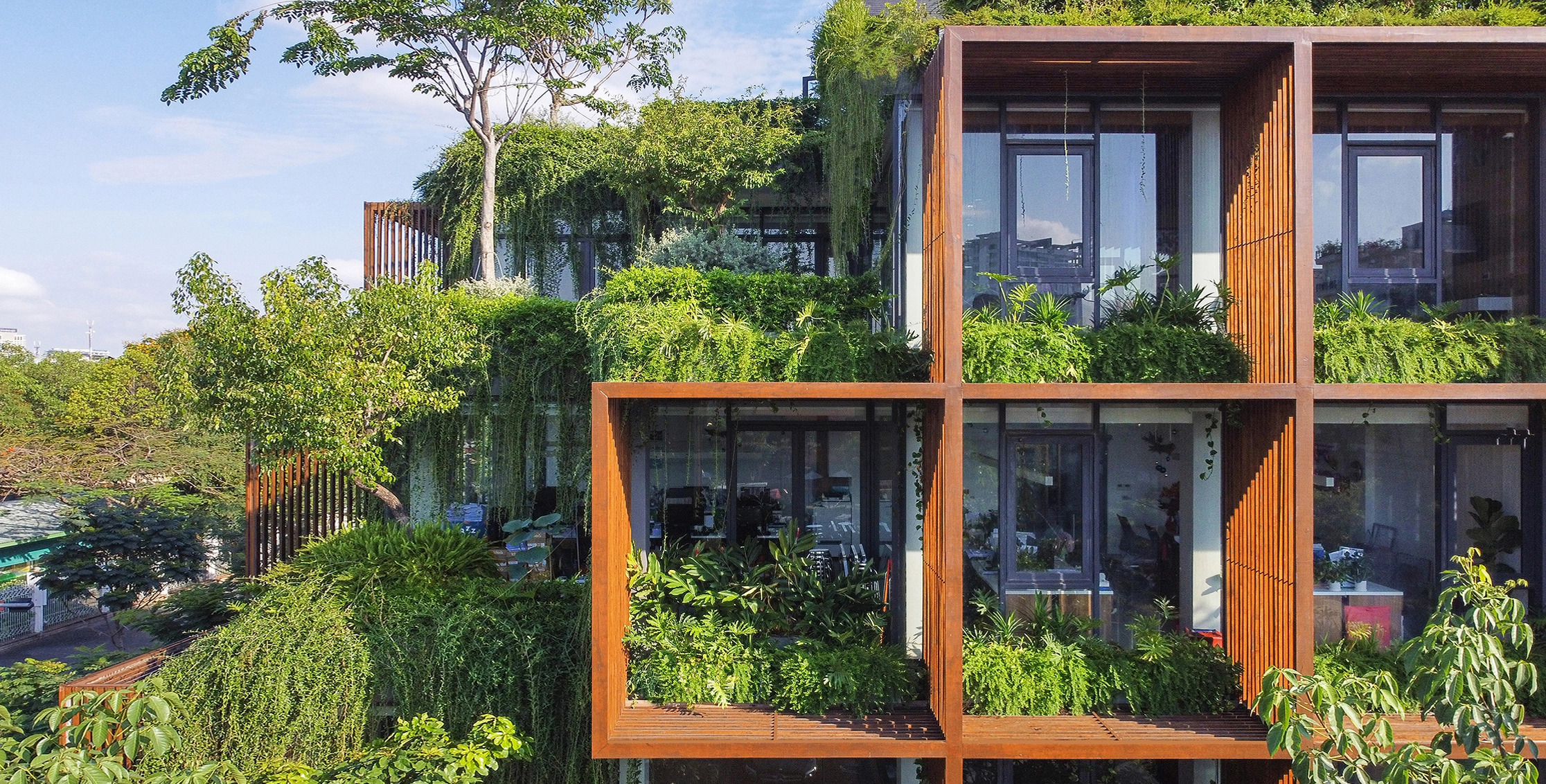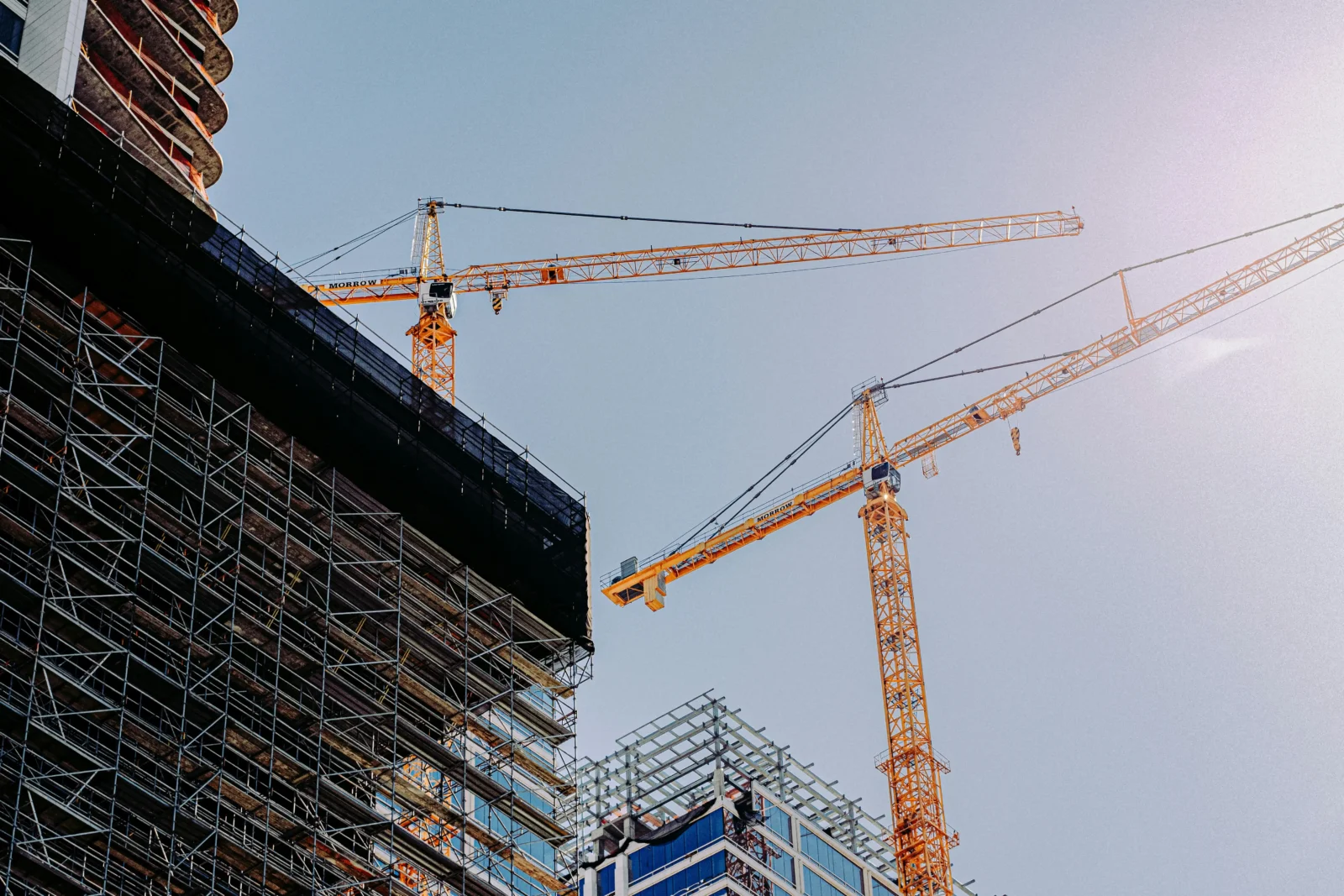- Home
- Articles
- Architectural Portfolio
- Architectral Presentation
- Inspirational Stories
- Architecture News
- Visualization
- BIM Industry
- Facade Design
- Parametric Design
- Career
- Landscape Architecture
- Construction
- Artificial Intelligence
- Sketching
- Design Softwares
- Diagrams
- Writing
- Architectural Tips
- Sustainability
- Courses
- Concept
- Technology
- History & Heritage
- Future of Architecture
- Guides & How-To
- Art & Culture
- Projects
- Interior Design
- Competitions
- Jobs
- Store
- Tools
- More
- Home
- Articles
- Architectural Portfolio
- Architectral Presentation
- Inspirational Stories
- Architecture News
- Visualization
- BIM Industry
- Facade Design
- Parametric Design
- Career
- Landscape Architecture
- Construction
- Artificial Intelligence
- Sketching
- Design Softwares
- Diagrams
- Writing
- Architectural Tips
- Sustainability
- Courses
- Concept
- Technology
- History & Heritage
- Future of Architecture
- Guides & How-To
- Art & Culture
- Projects
- Interior Design
- Competitions
- Jobs
- Store
- Tools
- More

Architecture is an ever-evolving field that continuously adapts to new design, construction, and technology trends. In recent years, we have seen a significant shift in architectural trends, with a focus on sustainability, technology, and innovation. The trends and predictions in architecture are constantly evolving. In this article, we will explore some of the current trends and predictions in architecture that are shaping the future of the field.
Sustainable Architecture
Sustainability is becoming a critical factor in architecture. As the world faces the consequences of climate change, architects are increasingly incorporating sustainable features into their designs. From the use of renewable energy sources to the implementation of green roofs and walls, sustainable architecture is becoming the norm. Architects are also focusing on reducing the carbon footprint of buildings by using locally sourced materials and designing for energy efficiency.

Technology and Innovation
The use of technology and innovation is also becoming an integral part of architecture. The implementation of 3D printing technology is revolutionizing the construction process, allowing for the creation of complex structures in a fraction of the time and cost. Virtual and augmented reality technologies are also being used to provide clients with immersive experiences, enabling them to visualize the design and make informed decisions.

Another innovation that is transforming the field of architecture is the use of artificial intelligence (AI). With AI, architects can analyze data and design solutions that optimize the use of space, materials, and energy. This allows for more efficient and sustainable designs that cater to the needs of the end-users.
Design for Well-being
In recent years, there has been a growing focus on designing buildings that promote health and well-being. Architects are incorporating elements such as natural light, biophilic design, and access to green spaces to create spaces that enhance human health and productivity. Research has shown that such designs can improve mood, reduce stress, and boost cognitive function.

Exposure to natural light has been shown to improve mood, energy levels, and overall health. Architects can incorporate natural light into buildings through the use of large windows, skylights, and other design features that allow light to filter into interior spaces. This can improve productivity and reduce stress levels among building users.
Buildings with access to green spaces, such as parks or courtyards, can provide a retreat for building users, reduce stress levels, and improve overall health. Incorporating outdoor spaces into building design can also create opportunities for social interaction and community building.
Adaptive Reuse
Adaptive reuse is a trend that involves repurposing old buildings to serve new functions. This trend has gained popularity due to its sustainability benefits, as it reduces the need for new construction while preserving historic buildings. Adaptive reuse also adds character and uniqueness to a space, which can attract users and investors.
The process of adaptive reuse involves transforming an existing building into a new space that can serve a different purpose than it was originally intended for. For example, a factory might be converted into a loft-style apartment building, or an old school may be transformed into a community center. This process involves careful planning and design to ensure that the new use is compatible with the building’s existing structural elements and features.

There are several benefits to adaptive reuse. First, it is a sustainable approach to building design, as it allows existing structures to be used for new purposes, rather than tearing them down and creating new buildings. This can reduce the carbon footprint associated with construction and demolition, as well as preserve historic buildings and cultural heritage.
In the future, architects may take on more responsibilities beyond design and construction, such as project management, data analysis, and even social and environmental advocacy. As architects we move forward, we can expect to see even more creative and sustainable designs that challenge conventional thinking and inspire new ways of living and working.

Architecture has the power to create positive change, and experts predict that architects will increasingly prioritize social and environmental impact in their designs. This may involve designing buildings that serve a specific community need, such as affordable housing or community centers, or that have a minimal impact on the environment.

Submit your architectural projects
Follow these steps for submission your project. Submission FormLatest Posts
Dependable Service for Everyday Appliance Problems
When a washer stalls mid-cycle or a fridge warms up, you need...
8 Essential Web-Based Mapping Tools for Modeling Sea Level Rise and Flood Impacts
As climate change accelerates, flood risk and sea level rise have become...
How Sydney’s Architecture Responds to Climate, Light, and Lifestyle
Sydney’s architecture has never been driven by form alone. It evolves through...
Shipping Containers as Functional Infrastructure on Construction Sites
Construction sites are temporary by definition, yet the systems that support them...












Leave a comment